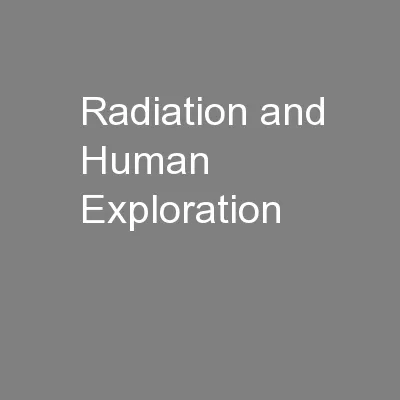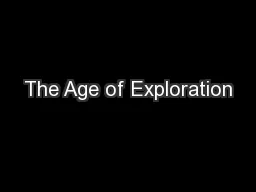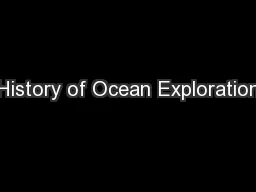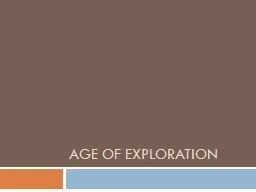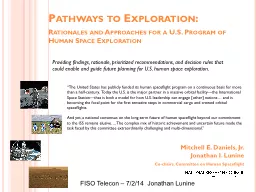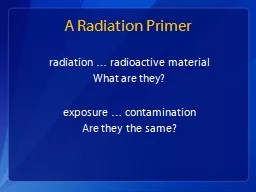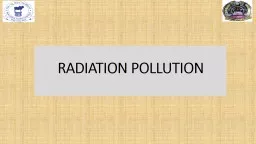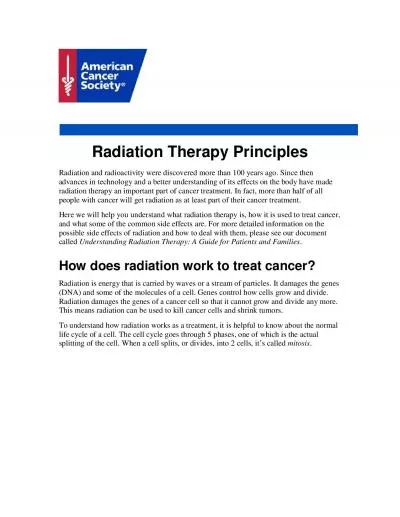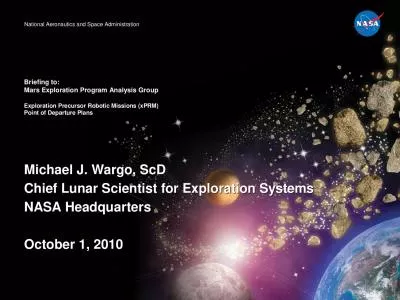PPT-Radiation and Human Exploration
Author : myesha-ticknor | Published Date : 2016-04-09
of Mars Briefing to NAC Rich Williams Chief Health and Medical Officer January 14 2015 Overview of Mars Mission Crew Health Risks Mission And Crew Health Risks
Presentation Embed Code
Download Presentation
Download Presentation The PPT/PDF document "Radiation and Human Exploration" is the property of its rightful owner. Permission is granted to download and print the materials on this website for personal, non-commercial use only, and to display it on your personal computer provided you do not modify the materials and that you retain all copyright notices contained in the materials. By downloading content from our website, you accept the terms of this agreement.
Radiation and Human Exploration: Transcript
Download Rules Of Document
"Radiation and Human Exploration"The content belongs to its owner. You may download and print it for personal use, without modification, and keep all copyright notices. By downloading, you agree to these terms.
Related Documents

